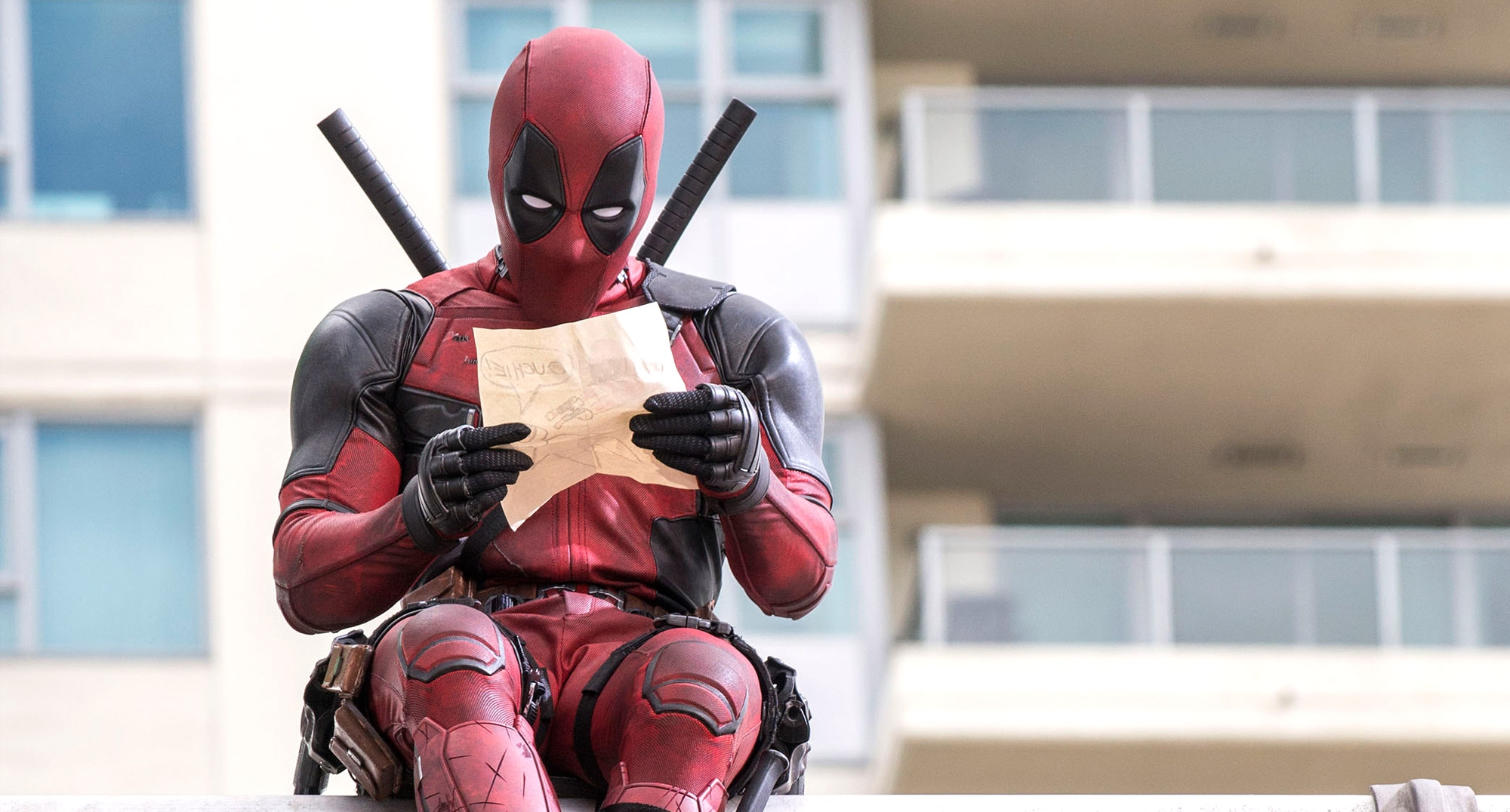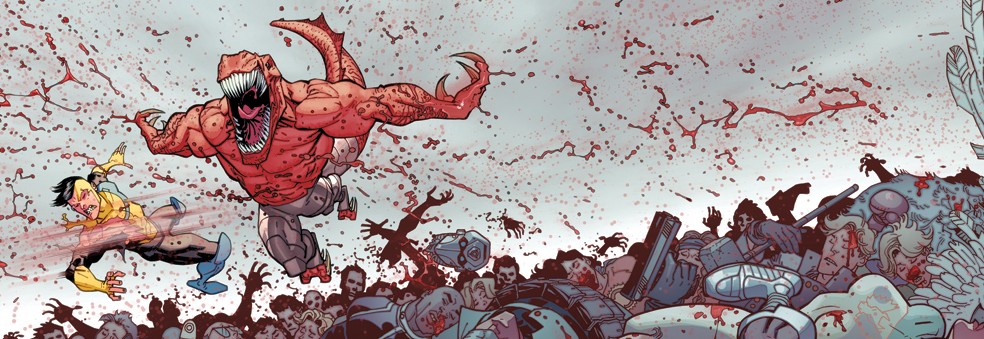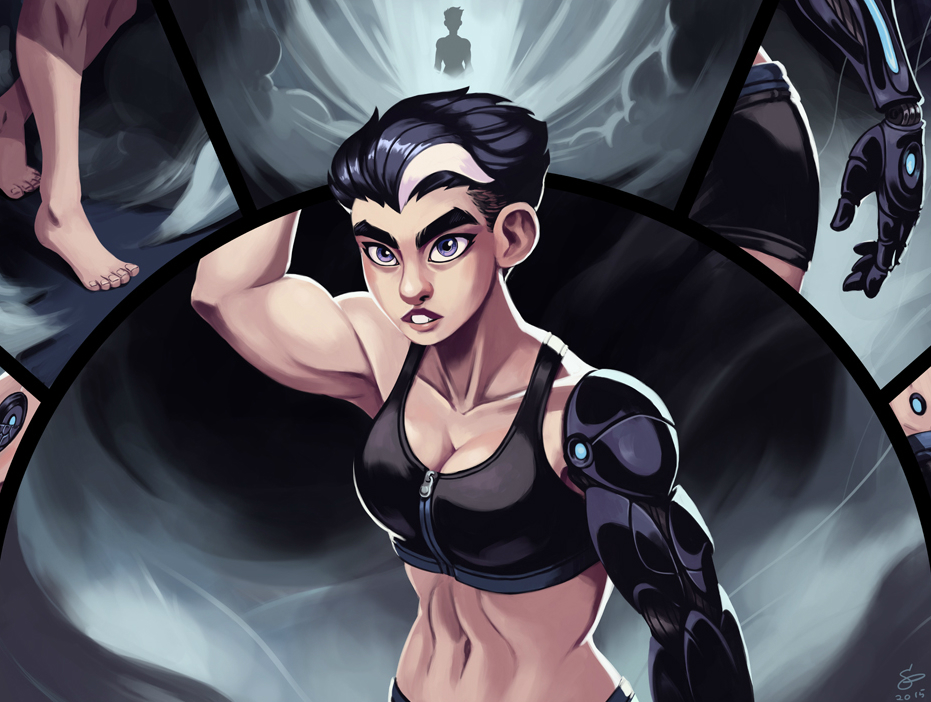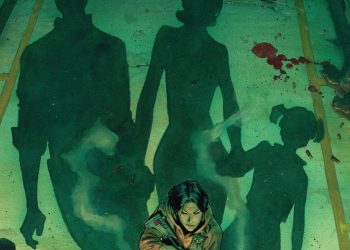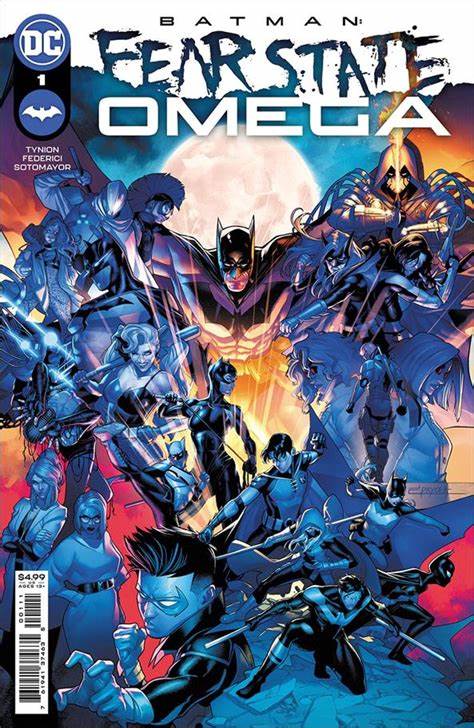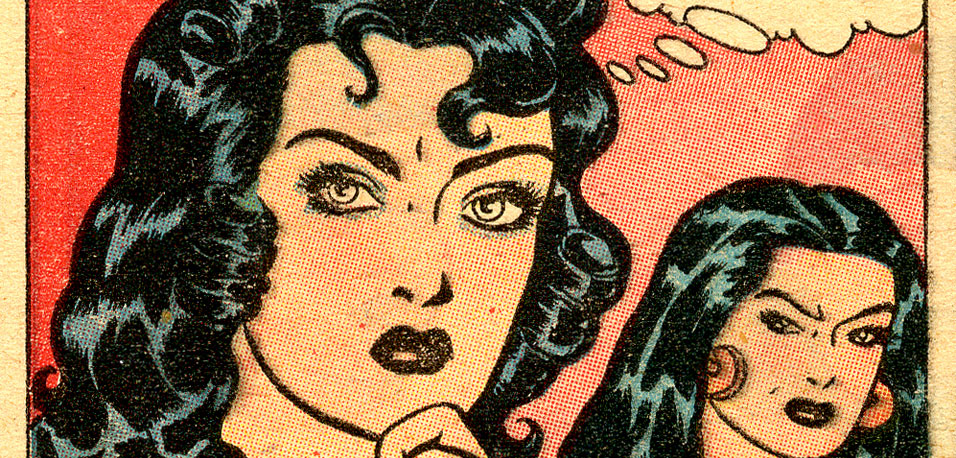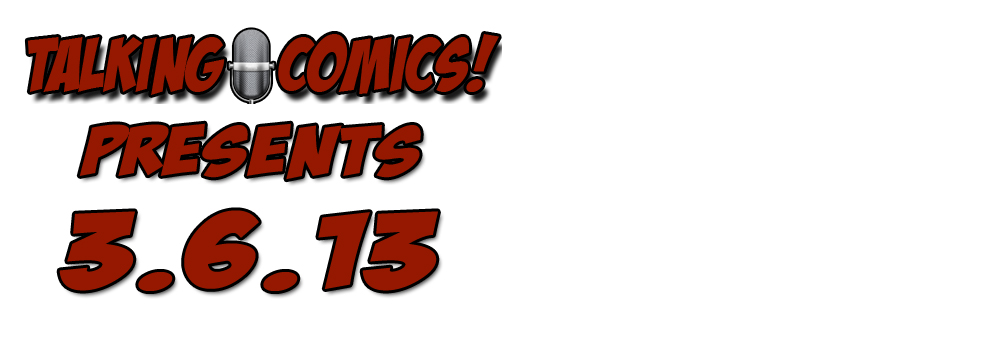Over the past couple of years Marvel has been suffering from what many people refer to as Event fatigue. I can’t deny that I have been less then enthused with many of the recent Marvel offerings, which is sad since I am a huge fan of the comic event. While I enjoyed Infinity and Secret Wars I was less then thrilled with Original Sin, Avengers v. X-Men, and the recently and thankfully complete Inhumans v. X-Men. To me an event used to be special. It was a larger then life scenario requiring a massive amount of heroes to deal with it. My favorite Event is the original Crisis on Infinite Earths, which really set the standard for what an Event comic should be. Unfortunately by setting the standard Crisis also created the formula that an event should be world shattering and nothing will be the same again. That’s fine if you are going to have an event once a decade but not when you are doing an event every summer and trying to fit one in during the winter as well. The comic reader isn’t an idiot and they understand that by the end of events the universe will be status quo or what minor changes are in place won’t last for long. The gravitas is lost and we are in a desperate need of a break, especially the Marvel event, which has become editorially driven and near constant. Yet this wasn’t always the case. There was a time period between 2005 and 2010 that Marvel was on fire when it came to events. The stories were compelling with top-notch creators and actually were world altering for a time period.
The culmination of this time period was Siege. Siege was a wonderful four-issue mini-series that was incredibly engaging and beautifully illustrated. It was the perfect conclusion to a shifting Marvel Universe that began with Civil War. Fittingly Brian Michael Bendis wrote Siege with the art by Oliver Coipel, the same duo that began the return of the Marvel event with House of M. It was also an excellent decision that Siege only be four issues. This made the event tight, without any wasted space or issues added to provide bulk but no substance to the story. I wary when I see a news item that an extra issue is being added to the story to give the reader more, but rarely does it add to the story. Yes, Crisis on Infinite Earths was a twelve-issue maxi-series but that doesn’t mean every event needs to be a long event. Crisis needed twelve issues, Avengers v. X-Men didn’t. Siege was four issues that shipped on time and every page mattered and it was, in my opinion, a perfect event.
For most of 2010 Marvel was under the umbrella of Dark Reign as Norman Osborn had assumed the role of top law enforcement officer after his actions during Secret Invasion. Osborn was operating on both sides of the law as he looked like a hero while operating as the Iron Patriot with his Avengers (known as the Dark Avengers) a squad of comprised mostly of villains posing as heroes. He also walked on the criminal side of the Marvel Universe as he aligned himself with Parker Robbins aka the Hood, and his criminal empire as well as a reverse Illuminati (the Cabal) that included Loki, the Taskmaster, the Hood, Namor, Emma Frost and Doctor Doom. This allowed Osborn to have his fingers in many cookie jars but also led to him believing he was untouchable and it was under this haze of power Osborn thought it would be a good idea to remove Asgard from Earth, since at the time it hovered over Broxton, OK and Osborn wanted it gone. This becomes the basis for Siege.

Before Osborn could lay siege to Asgard he needed justification. Luckily Loki was more then wiling to oblige as he gets Volstagg, of the Warriors Three, to get into a battle with the U-Foes in Chicago. Unfortunately for Volstagg this engagement leads to the destruction of Soldier Field in the middle of a game, causing countless deaths. This is the Justification Osborn needs to invade Asgard, which he does with his Dark Avengers and other villains placed throughout the super hero world. The next machination was for Osborn to convince Ares, who was featured heavily in this era, that it was prudent to invade Asgard home to his fellow Gods. Osborn convinces Ares by honestly tells him that Thor has been exiled from Asgard but lies that Loki is now the ruler (actually Balder the Brave was king), which is enough to get Ares to plan the battle, but Ares promises if he finds out Osborn is lying he’ll kill him.

Once Ares is on board the Siege begins as Osborn and his Avengers begin their assault upon Asgard, led by the Sentry who pierces Asgard with his super strength, waking the Norse Gods. Thor, in his guise as Dr. Donald Blake, is treating Tony Stark who had recently rebooted his brain, hears the chaos and chooses to intervene. But Osborn is prepared and Siege #1 concludes with on of the most brutal beatings I have ever seen Thor take. The attack of Asgard is a very enjoyable sequence as it looks like a widescreen action movie and the violence is visceral, but it is tame to what is going to come, since the Final page of Siege #1 ends with the returned Steve Rogers preparing to defend his friend.

Siege #2 is one of my all time favorite issues in any event that I have read. It has so many moments where the reader is excited or gasping for breath, and in some cases maybe fighting back a squeamish stomach. It is perfectly paced and ends with one of the best cliffhangers I’ve read in some time. The bulk of Siege #2 deals with Ares realizing that he has been tricked by Osborn and just as he promised in the previous issue, if he found out Osborn lied he was going to kill him. The only thing Ares wasn’t counting on was the Sentry. Oliver Coipel beautifully draws the nock down drag out that these two have, so much so that the reader can almost feel the deafening impact amongst the God of War and the Marvel Super Man. I still remember reading this issue the first time around and was utterly shocked at the conclusion, since I could not remember seeing such a violent moment in a Marvel mainstream book. I wasn’t expecting Ares to win the fight nor was I expecting for the Sentry to rip Ares in half. It’s still one of the most graphic images I believe Marvel has ever printed in their comics.

Yet Siege #2 is not just Ares v. the Sentry. We also see our heroes beginning to rally. Maria Hill rescues Thor, with the help of a farmer and a bazooka. More importantly Steve Rogers assembles a team made up of New Avengers, the New Warriors, Young Avengers, and classic Avengers to deal with the situation and with a SHIELD experimental vehicle they can get from New York to Broxton in a matter of minutes, which leads to the cliffhanger. I was giddy the first time I read the issue as the Iron Patriot looks up in the air and you can see Captain America’s Shield descending at him, getting closer in a four-panel layout. You knew that a beat down was coming but you’d have to wait a month for it.

Siege #3 is the last stand of Norman Osborn and the Dark Reign he has ruled over. The heroes are on scene and begin restoring order by taking out Norman Osborn and his Dark Avengers. The Hood and his criminal alliance arrive to aid Osborn but they aren’t enough to turn the tide of the battle. Tony Stark also gets in the game as he receives a classic suit of armor, the red and gold he wore for most of the ‘70s and into the ‘80s. Thor engages the Sentry whose dark, alternate personality the Void is beginning to appear. Tony’s arrival signals the end for Osborn as Tony corrupts the Iron Patriot armor, defeating Osborn and also showing his Goblin painted face signaling that Osborn has lost his mind yet again. By the end of Siege #3 the villains are defeated, except for the Sentry and with Osborn not around to control him the Sentry looses his sanity and in a final blow destroys Asgard and emerges from the rubble as the Void.

I was never a fan of the Sentry. In my opinion Superman works in the DC Universe but not in the Marvel Universe. But Marvel wanted their own Superman so they created the Sentry. Actually created by Paul Jenkins and Jae Lee but to the general public it was claimed that the Sentry was a lost idea by Stan Lee and the hero was supposed to be introduced in the Marvel Silver Age. There was a big push to integrate the Sentry into the Marvel Universe but fans didn’t really take to it and the character disappeared until Brian Michael Bendis dug him out for his New Avengers and really played on the split personality aspect of the character and it reaches its conclusion in Siege #4 as the Sentry disappears and becomes the Sentry’s arch-nemesis, the Void.

Siege #4 is an epic battle. The Void could be the most powerful being in the Marvel Universe. The heroes have their backs to the wall, as even Thor cannot overpower the Void. Loki intercedes for a time, as even he did not plan on the fall of Asgard, and he uses the Norn Stones to empower the gathered heroes but even that is not enough to overcome the power of the Void. Desperate times call for desperate measures and in a final act of desperation the heroes drive a HAMMER heli-carrier into the Void, with the powerful impact and the engines exploding knocking the Void back to his human form and Thor finishes the fight with a giant bolt of Lightning, thus ending the Dark Reign.

There are some ancillary wrap up books, most notably Avengers Prime that sees how Captain America, Iron Man, and Thor repair their relationship but it isn’t necessary to enjoy the end of Siege. With the Dark Reign over Marvel enters a new phase they titled the Heroic Age as Steve Rogers assumes command of a rebuilt SHIELD and becomes the chief law enforcement officer for the United States of America. The Avengers come out of the shadows and are restored to prominence and the Superhero Registration Act created in Civil War is thrown out, thus ending any rift that was created years before. More importantly, to me at least, this ended the top-notch Events that Marvel had produced up to that time period. Since Siege the Events Marvel has produced have been hit or miss but none have had the same feel and the Marvel Universe as a whole has not felt as unified. I miss this era of Marvel as I see more and more of their books dropping off my pull list. I’m not sure what the publishing goal is for Marvel at this current junction in time but it has lost the feel it once had, but the beauty of comics is everything is cyclical and hopefully we will return to this excellence. Until then I am happy to live in the past.



